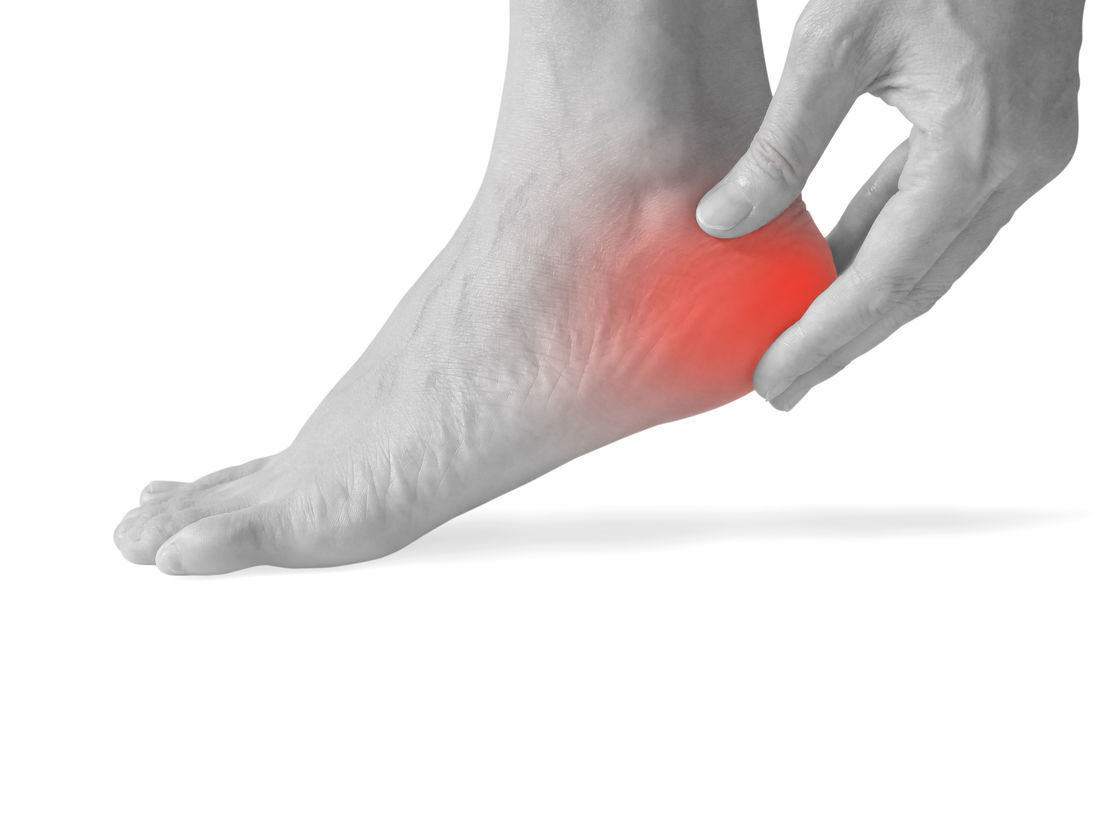Are you middle aged? Do you play sport? Are you overweight? Do you stand for long periods of time?
If you answered ‘yes’ to any of these questions you’re likely to suffer from heel pain at some point in your life. If your pain has persisted for longer than three weeks without abating, seeing a podiatrist can help.
Heel pain is one of those complaints podiatrists see on almost a daily basis. It’s often caused by higher or flatter arches, feet that roll in too much or injury caused by wearing poorly constructed shoes. It can also be a complication of other health issues, including lower back conditions, arthritis and other kinds of chronic inflammation.
Plantar fasciitis (inflammation of the long band of tissue connecting your heel and the ball of your foot It's characterised by pain while walking or standing in the morning or after an extended period of rest.
Heel bursitis (inflammation of a fluid-filled fibrous sac under the heel pain) can occur alongside plantar fasciitis and features pain in the centre of your heel that gets significantly worse during the day. It can be caused by falling from a decent height straight onto your heel.
Something that seems as minor as heel pain can actually be very debilitating, making every step you take a misery and changing your posture as you try to protect your foot (which, in turn, lead to other pain in your spine, hip, knees or neck). It’s important not to put up with pain for too long – getting help early can prevent further damage and give you peace of mind it’s not something more serious.
How a podiatrist can help.
Whatever the cause of your heel pain, early treatment by a professional can significantly reduce your discomfort and healing time.
Your podiatrist will probably start by strapping or taping your foot in a particular way, so it has sufficient support and rest to kick-start your body's natural healing process. They’re also likely to give you a range of exercises to strengthen and support your feet and may recommend using ice packs and medications to bring down the inflammation faster.
These measures are usually enough on their own to decrease your heel pain effectively without the need for other, more invasive, treatments. Heel spurs or plantar fasciitis typically take around six to eight weeks to get better with taping and regular exercises. Recovery usually depends on your individual level of health, and it's important to stay in regular touch with your podiatrist during this period,
However, if your pain continues, your podiatrist may determine whether you need an ultrasound or x-ray to check for other causes such as heel spurs or fractures, and/or surgery to release the plantar fascia, remove a heel spur or additional soft tissue growth.
Podiatry plays a vital role in preventing, treating and managing heel problems. It’s always best to see a podiatrist as soon as possible – leaving heel pain untreated can lead to worse health problems down the track.
